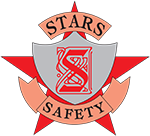Design
Advanced Fire Safety Design
We offer a range of advanced fire safety design services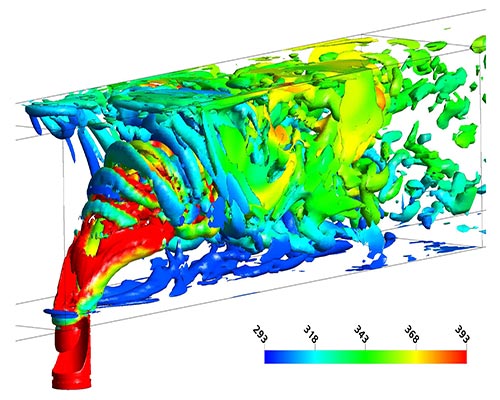
Computational Fluid Dynamics (CFD) is a branch of fluid mechanics that uses numerical methods and algorithms to solve and analyse problems that involve fluid flows.
Using validated computer modelling tools, we can perform calculations to simulate the movement of smoke, heat and toxic gasses within the boundaries of complex buildings spaces.
Building regulations set out requirements for the control of the spread of fire between adjacent buildings. Stars Fire & Safety uses graphic software packages that enable us to calculate fire temperatures and analyses complex facades.
This enables the incorporation of windows in buildings with close boundaries and is an excellent tool to calculate the spread of fire in buildings during construction.
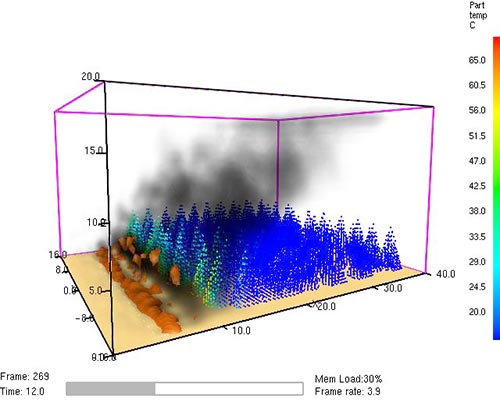

Evacuation calculations are increasingly becoming a part of performance-based analyses to assess the level of life safety provided in buildings. In some cases, engineers are using back-of-the-envelope (hand) calculation to assess life safety, and in others, evacuation models are being used. The occupants are assumed to be standing at the doorway to the stair on each floor as soon as the evacuation begins.
The calculation focuses mainly on points of constriction throughout the building (commonly the door to the outside) and calculates the time for the occupants to flow past these points and to the outside.
To achieve a more realistic evacuation calculation, engineers have been looking to evacuation computer models to assess a building’s life safety.Evacuation modelling allows us to assess crowd movement in complex building designs to optimise and refine the escape arrangements.
Using computer modelling techniques, we assist structural engineers in optimising the fire safety in building designs. We try to enhance the capabilities of computational methods to study the effect of realistic fire on buildings, all the way to the burn-out and cooling phases, or to collapse.
The main problem, of course, is that a prescriptive time–temperature curve does not reflect the actual temperature of various structural members exposed to a realistic fire that varies in time and space. To compound the difficulty, actual structures have many redundancies, and the increase in structural demand due to thermal expansion coupled with material softening due to heating may not necessarily mean imminent collapse if alternate load paths still exist. These problems point to the need to treat fire as a realistic structural load.
We undertake fire severity calculations, analyse thermal response and assess structural performance to determine a cost-effective approach to fire protection.
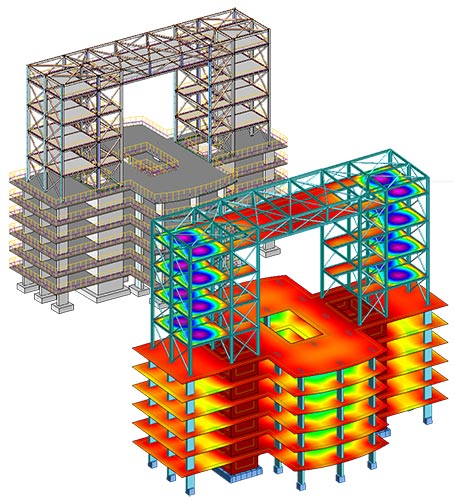
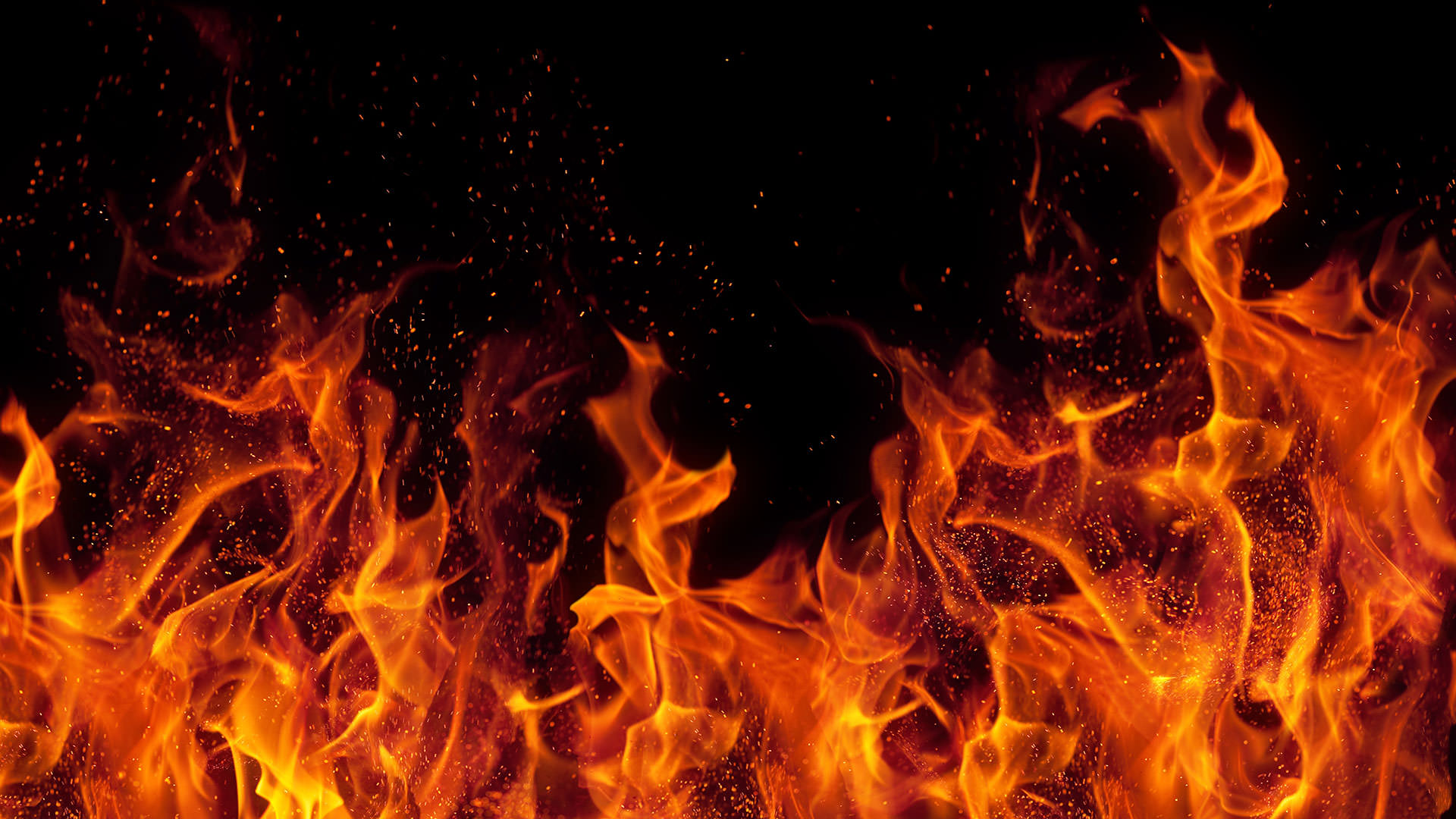
Our Design Expertise
Stars Fire & Safety undertakes the following types of Design aspects.Fire Detection and Alarm Systems
Mass Notification Systems
Fire Suppression Systems
Low-Level, High-Expansion Foam Systems
Low-Level AFFF Foam Systems
Special Hazard Suppression Systems
Smoke Control Systems
Performance-Based Design
Fire, Smoke and Egress Modeling
Fire Protection Master Planning
Water Supply Analysis
Building Information Modelling
Specification Development
